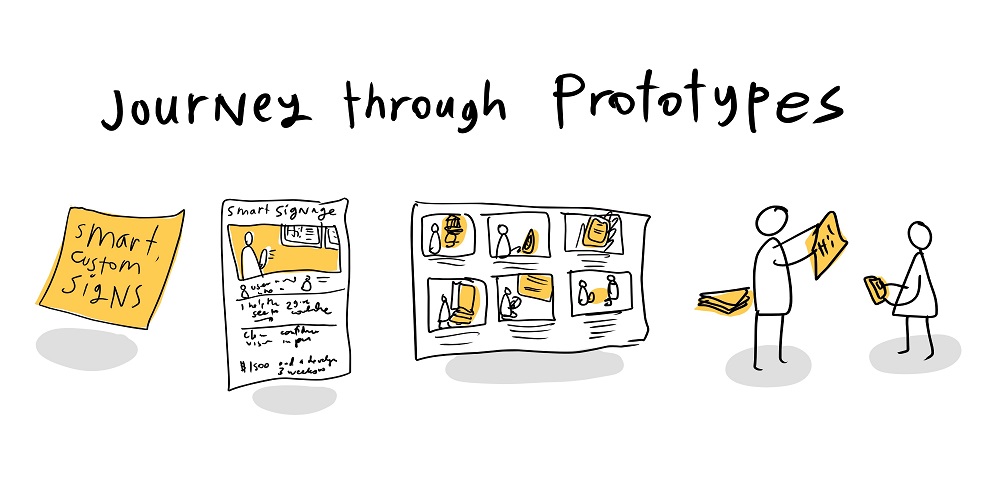
A Faster Approach To Rapid Prototyping
Every expert who offers prototyping services has gained experience over time. Becoming an expert does not come from just learning the skill.
Depending on the request, some clients may choose to contact organizations that give rapid prototyping services and are good at it when they need to carry out a project.
Pictures are said to be understood by all, a “universal language” some may call it. That is why it is a major part of the prototyping process.
In this process, the description of a thousand words is accomplished using visuals made from design and with specific detail on how the system should work.
The process also makes room for the behavior of the system and how it should look. All parts of the design are brought to the table and actively analyzed in the process.
The process of rapid prototyping is like making a mock copy of a future product. This may be a website, an app, or a physical object.
Whatever the object is, it needs to be validated with stakeholders, the designers, and developers who have invested in one way or another into the project.
The Major Actions Needed for a better faster design
For you to conveniently fasten the rapid prototyping process and do a better job, here are the major actions that must take place.
1. Create a prototype
This is the point where the user’s description and ideas are brought to life with a solid in-hand feel. at this point, the ideas have been carefully analyzed and a few design changes might have already taken place.
2. The urgency of review
This phase offers the opportunity for designers to share the newly formed and improved prototype with users. Here the users will determine if the design meets their needs or changes have to be made.
3. Needed refinement
Here the designers and developers pay attention to the concerns of the users. They need to identify areas of concern and make the needed refinements based on the feedback they receive.
Starting the prototyping process is usually done in steps. Starting with small bits first, focusing on key areas of the design.
The small bits are then followed by a piece by piece growth in size as other features are being added over multiple additions in required areas of the prototype building.
These additions and refining keep happening until the prototype is finalized and sent out to be developed and made into a final product.
The speed of the prototype process is most evident in the refining phase. When there is a need to make certain changes and it is carried out rapidly.
The iteration time can be sometimes carried out in a few days in real-time. This of course depends on the prototype that is being worked on. This is known as the scope o the prototype.
The scope of the prototype
What is the scope of a prototype? There is no expectation of rapid prototypes evolving into functional finished products or solutions.
Prototypes are only created to help users and designers visualize the product, analyze and refine the product before it is developed into the final product.
Conclusion
Understanding the creation of a prototype, the review and refinement phases will help you conveniently fasten your prototyping and make it better.
